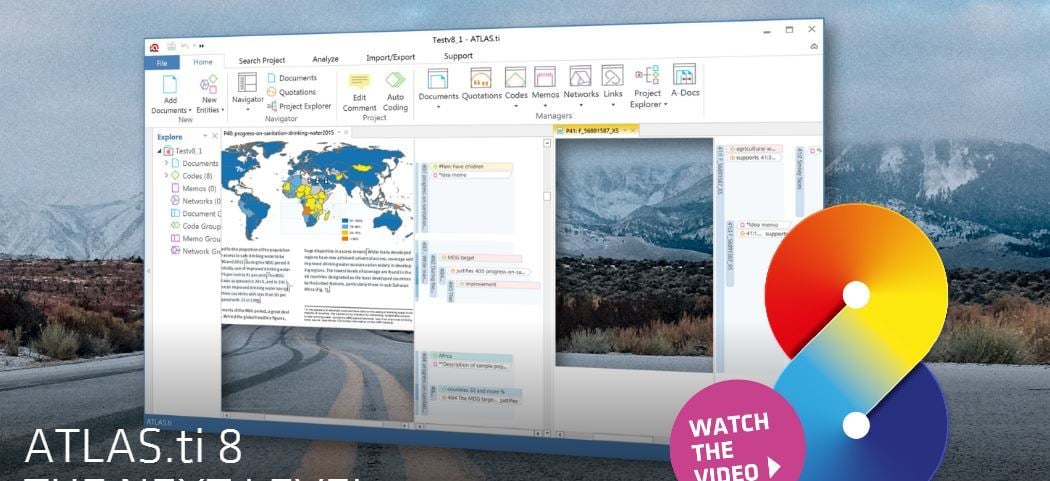

The exported XML file can be opened in NVivo.
Export the Hermeneutic Unit (HU) as an XML file (*.xml), including its Primary Documents (PDs) and Quotations (meta info only). This will ensure that the quotations for videos are converted correctly in NVivo. mpeg videos, check whether the HU was created in ATLAS.ti 5.2 and then opened in a later version-if so, you should open and play a segment of each video. If the Hermeneutic Unit (HU) contains. Any PDs in unsupported formats will be converted to 'externals' in NVivo. Check that PDs use supported file formats. NOTE For ATLAS.ti 7, if the Primary Documents are stored in 'My Library' or 'Team Library', you do not need to do the above step. Change any relative file-paths (HUPATH or TBPATH) PDs with relative paths, will be converted to NVivo 'externals', coding will be discarded and the file path will be recorded in the external properties. Check that Primary Documents (PDs) use 'absolute' file paths- for example, 'C:\Documents and Settings\username\My Documents\PrimaryDocument1.doc'. REFI-QDA Standard for project exchange Prepare an ATLAS.ti projectīefore you export your ATLAS.ti project, you need to do the following: You will get best results, if you prepare the ATLAS.ti project for conversion before you export it to XML. It contains further projects (versions 5.2, 5.5, 6.0, 6.1, 6.2 and 7.0) can be exported to XML and then opened (and converted) in NVivo. Please also read the project comment when you import the project into ATLAS.ti. The raw data for the survey as Excel file is provided, as well as the video and the two research articles. The project contains memos and sample networks. The research articles are auto coded using the new concept search, but the coding is not refined yet. The results that you see in the project have been checked and adjusted. The data were also coded for sentiment using the Sentiment Analysis Tools. #Save project on atlasti code
This provided the basis for further review and refinement in developing the code system. The survey data is coded – first, the data was explored using word clouds, then auto coded using the regular text search.
Two research articles about the game Minecraft (documents 41 – 42). Snapshots from the video (Documents (documents 42 - 46). A screen cast of a person playing and explaining the game (document 47). The data from common sense in form of survey data (documents 1 – 40). 
The data was collected from the website: common sense media that offer reviews for films, books, apps and games, and prepared as a survey for ATLAS.ti. This project is about the pros and cons of the computer game Minecraft from three perspectives: Concerned parents who want to find out whether the game is harmful for their children, parents who play the game themselves and teenage players. The source files for documents 1 to 7 and the raw data for the survey as Excel file are provided. The project is coded and also contains memos and networks. Further two images are included to practice working with image files (documents 6 - 7), and a fictional survey with 24 respondents giving reasons for having and for not having children. In addition to the opening article, the project includes a post from a blogger with a parenting blog (document 2) the comments on this post (document 3), the comments of readers of a New York Time Magazine article on the same topic (document 4), and results from happiness research (document 5). As having children (or not having them) is an issue that most people disregarding of their cultural backgrounds, religions or geographic locations have to deal with this sample project can be used in a wide variety of contexts. The author Nattavudh Powdthavee reports on a number of academic studies that repeatedly found a negative correlation between having children and levels of happiness, life satisfaction, marital satisfaction and mental well-being. The first article in the project introduces the topic. The project is about the relationship between having children and happiness.






 0 kommentar(er)
0 kommentar(er)
